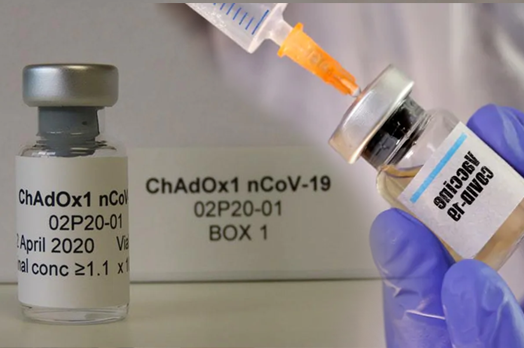Pharmaceutical giant AstraZeneca comes to agreement to mass-produce a COVID-19 vaccine manufactured by the expert scientists of the Oxford University.
Health Secretary Matt Hancock noted that the details of the agreement are set to be finalized in the coming weeks.
According to the dailymail.co.uk, if the experimental jab for the human trials of the ChAdOx1 nCoV-19 vaccine proven effective to protect against the deadly coronavirus, this will give UK to access the vaccine to initiate the deal early as possible as concluding result is expected to be confirmed in the mid of June.

Report said that both partners agreed that the venture was not-for-profit and clarifies that only the cost of production and distribution would be charged.
Expert scientists said that it will take about a decade in order to develop the effective vaccine but finding effective jab within 18 months would be unprecedented.
In an interview with BBC Radio 4’s, Professor Sir John Bell said that he is hoping for the good result of their human trial of the vaccine so that it would be available in the middle of June.
He admitted that the challenge of today is to produce at scale once the ChAdOx1 nCoV-19 vaccine is approved by the regulators as expected after the confirmation of the result.

Sir John also noted that they want to ensure that once everything is ready, the ChAdOx1 nCoV-19 vaccine is can be produced at scale and to be available to the rest of the world where the need is very great.
“We really need a partner to do that and that partner has a big job in the UK because our manufacturing capacity in the UK for vaccines isn’t where it needs to be, and so we are going to work together with AstraZeneca to improve that considerably,” he said.
Researchers of the vaccine across the world are hurtling towards the target, with more than 100 candidates in development and some already being trialled on humans.






